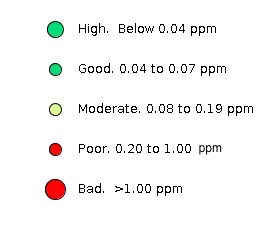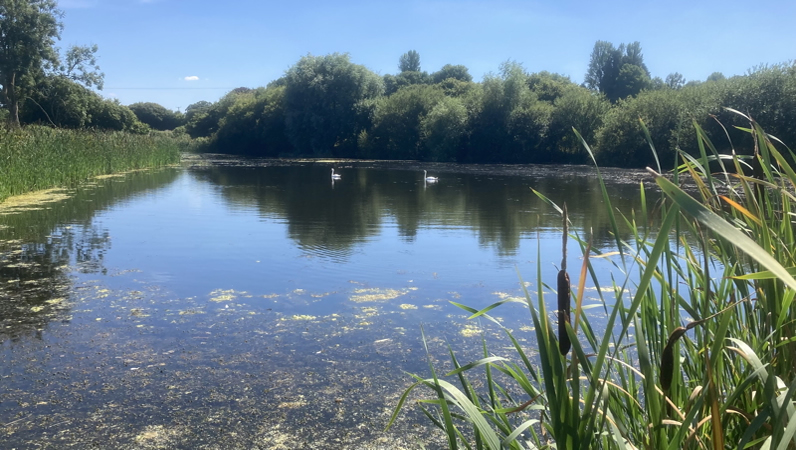Martock watercourses
I
Martock Parish Watercourses Two sewage works discharge into the river in this section; South Petherton (via Lambrook Brook) and Martock which discharges directly into the Parrett just downstream from Gawbridge. Neither have phosphate removal stages (a feature in common with all sewage treatment plants in the Parrett catchment from its source to Langport. The Wellhams Brook confluence is the source of periodic flooding in the village caused by water flow backing up the Parrett reducing the outlow at the confluence. This flooding has given rise to the Martock Hills-to-Levels flood relief pond system in Wellhams Brook which incorporates a sequence of ponds that can be used to hold back the flow at times of high rainfall. Wellhams Brook brings water from the Yeovil scarplands to the east via springs and clay run-off. Upstream from Martock it divides into the old Madey Mill Race (Mill Brook) which is now the main stream through the village. The level in Mill Brook is controlled by a tilting Weir with summer and winter settings. The summer setting diverts almost all the water into Mill Brook leaving the second stream, Hinton Meads Brook subject to a very variable flow.
|
Data Map Map legend |
|---|---|
Martock Sewage Works storm overflows |
|
The Hill-to-Levels Flood alleviation scheme The Hills-to-Levels flood alleviation scheme involves the constuction of a number of structures to slow the flow of Wellhams Brook in heavy rain. The most significant are a number of retention ponds and dams which can be emptied in anticipation of rain in order to retain water at the time of a potential flood. These retention ponds have been investigated to evaluate their potential for absorbing phosphate during the growing season and releasing it again when the plant life decays. The growing season corresponds to times when the retention ponds are full and they are most likely to nbe emptied in autumn/winter when growth has decayed releasing phosphate into the water. Testing shows the ponds to be normally largely free of phospate and have considerable capacity to absorb it from polluted inlets. What we do not see yet, however, is a significant rise in phosphate in solution in the autumn. This may be because it is absorbed and held in the sediment. While the Hills-to-Levels ponds have undoubted potential to absorb phosphate, this does not widely occur in practice as only one of the ponds (Cartgate) is fed by a stream that has a significant phosphate concentration; the others come from relatively pristine springs at the base of Ham Hill.
|
|
Comments
|
|
Last updated |

